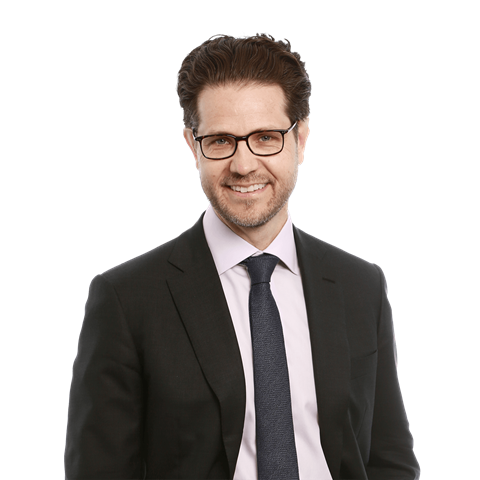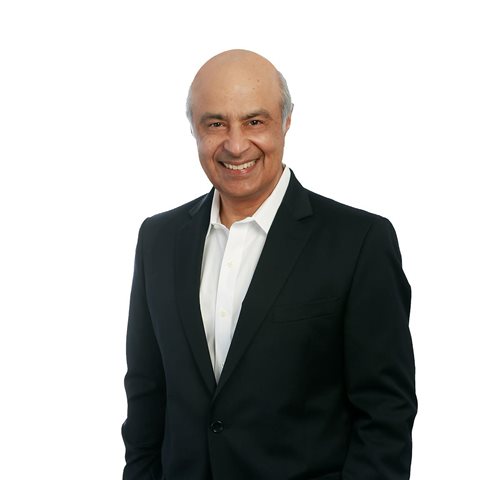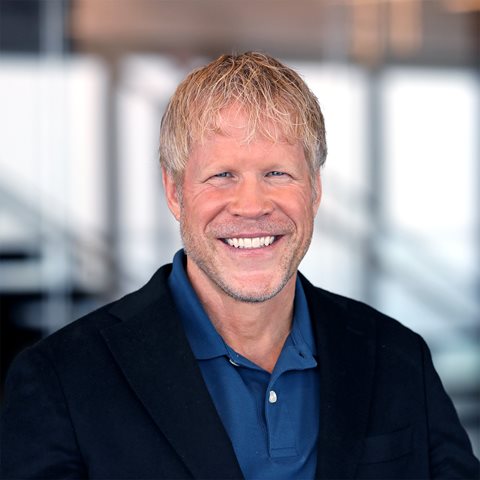Most leaders set out to be the best—but few make that Mount Everest–like ascent successfully. What do the world’s most iconic CEOs do differently? McKinsey Senior Partners Carolyn Dewar, Kurt Strovink, Scott Keller, and Vik Malhotra break it down in their new book A CEO for All Seasons: Mastering the Cycles of Leadership (Scribner/Simon & Schuster, October 2025), based on research and interviews with executives ranking among the top 200 CEOs across the globe. On this episode of The McKinsey Podcast, the four coauthors join Global Editorial Director Lucia Rahilly to discuss some of the more surprising lessons they learned—and what they’ve changed about their own leadership as a result.
The McKinsey Podcast is cohosted by Lucia Rahilly and Roberta Fusaro.
The following transcript has been edited for clarity and length.
Four stages of leadership
Lucia Rahilly: McKinsey’s latest book just published and is available at the bookseller of your choice. It’s called A CEO for All Seasons: Mastering the Cycles of Leadership. Scott Keller, McKinsey senior partner and one of the authors, says the book breaks down the CEO journey into four stages.
Scott Keller: The four stages are: How do you step up and prepare for the role, making yourself the best possible candidate? Then, if you are fortunate enough to be chosen, how do you start strong—how do you transition into the role in the way that’s going to be most successful? Once you’ve been in the role for a while, how do you stay ahead? How do you keep going? How do you get win after win, year after year? And then fourth: How do you hand over the baton?
Surprising lessons from iconic CEOs
Lucia Rahilly: The book is full of lessons from the world’s iconic business leaders, including Michael Dell of Dell Technologies and Blackstone’s Stephen Schwarzman. The authors, in addition to Scott, are McKinsey Senior Partners Carolyn Dewar, Kurt Strovink, and Vik Malhotra. After writing the book, they all learned something unexpected. Carolyn says it was notable that top leaders allowed themselves to reveal what they didn’t know.
Carolyn Dewar: I was surprised by their learning mindset and curiosity. You would expect, especially from these folks who’ve been successful for so long, that they would show up very much with the answers—that they had mastered their craft and were just running on repeat. That’s not what we found at all. Humility, a willingness to be open to feedback, and a willingness to learn and challenge their own thinking continually were striking at all four stages.
Lucia Rahilly: What surprised Scott was the leaders’ grasp of what makes people tick.
Humility, a willingness to be open to feedback, and a willingness to learn and challenge their own thinking continually were striking at all four stages.
Scott Keller: It was counterintuitive to me how much these leaders appreciated how counterintuitive leadership can be—for example, that taking a little more time to get to an answer, when people feel involved in the discussion, will have a disproportionate impact in ways that a rational person wouldn’t even conceive of. It’s a learned understanding of the anchoring effect, how that can affect our judgment, and how to avoid that.
And then, on humility, if you ask drivers on the road, “Are you in the top 50 percent of good drivers?” 88 percent will say, “Yes, I’m in the top 50 percent.” Or if you ask the members of a household, “What percentage of the housework do you do?” the total adds up to way over 100 percent. So there are multiple areas where they seemed to have some mastery over the more irrational sides of human nature. That’s what makes them great leaders.
There are multiple areas where they seemed to have some mastery over the more irrational sides of human nature.
Lucia Rahilly: Vik agrees and says that these leaders’ commitment to being part of the team, not just leading it, was remarkable.
Vik Malhotra: I was quite taken by how these great leaders’ leadership styles remained a fabulous balance between having great confidence in where they wanted the institution to be—having audacious vision, deep perspectives—and being authentic, being good listeners, working through others, and making the organization successful.
Ken Frazier, the former CEO of Merck, talked about the importance of being humble—about how he learned that from his father, who was a janitor and who was humble but also, as he said, “stood ten feet tall in my mind.” And he talked about the importance of serving his employees, his patients, and his shareholders.
Gail Boudreaux, of Elevance Health, said the job got lonelier, being a CEO. Suddenly, yes, you’re part of a team, but you’re also the coach. How do you build these unique relationships with each individual whom you’re not just playing on a team with but also coaching? How do you remain authentic in all that?
Of course, our favorite example is the one from Michael Fisher, the former CEO of Cincinnati Children’s Hospital, when he talked about his to-be list, which is so much more important than your to-do list. Michael Fisher wants to be aspirational.
He wants to be inspirational. He wants to be authentic. He wants to be humble. How does he bring that to bear in every single interaction and every single meeting he goes to?
Lucia Rahilly: Kurt adds that the best CEOs maintain a long view of their role.
Kurt Strovink: Excellent CEOs were able to get a unique perspective—either because they separated themselves from the role and understood that there was potential they could unlock or because they were able to figure out what they uniquely could do and how they led directly in those areas versus through others. They were very mindful of the structural potential of the CEO role at different stages.
Want to subscribe to The McKinsey Podcast?
What the authors took away
Lucia Rahilly: So how did talking to so many top leaders influence the authors’ own business practices?
Scott Keller: I am forever grateful to Doug Peterson, the former CEO of S&P Global, for a small tip that literally changed my life—how I manage my time. He said, “When a request comes in for something that’s many months out, I think to myself, ‘If that event were happening tomorrow, would I be asking myself right now, why did I say yes to this? Why is this on my calendar? What am I doing?’ And if the answer is, ‘Yes, I would be asking myself that question,’ then I’ll say no to the event.” Inevitably, there were so many things on my calendar where, when I saw them the next day, I thought, “Really? I said yes to this? What was I thinking?” So, thank you, Doug, for that.
The research and the conversations just reinforced to me that, despite everything, it’s a lonely, lonely job.
Vik Malhotra: Two big things. First, I’ve come to realize how important the softer side of leadership is—culture, talent, organizational alignment relative to strategy and direction—to the success of the organization, the success of CEOs, as well as, frankly, the amount of time they need to spend and do spend on it.
Therefore, it’s made me a better adviser to them: How do they go down those journeys of shaping the cultures of their organizations, building out the talent pool that’s going to make the organization successful, creating the right kind of organizational alignment, enabling the organization to be agile?
And then the other thing is the research and the conversations just reinforced to me that, despite everything, it’s a lonely, lonely job.
Lucia Rahilly: When it comes to loneliness, Carolyn said the perspective shared by Satya Nadella, chair and CEO of Microsoft, was unforgettable.
Carolyn Dewar: I was constantly reminded of what we learned from Satya. He referred to the loneliness of the role as an information asymmetry problem. No one else sees all the facets you see as a CEO. There’s the internal and the external, the hard and the soft. There’s the investor lens, the employee lens—the CEO is the ultimate integrator. And not only did they see all those pieces, but they were the ones trying to stitch them together. Are there contradictions they’re managing? What are the effects, the second- or third-order consequences of that relative to everything that person is trying to integrate?
You’re never as good as it seems when it’s going great, and you’re never as bad as when it’s going poorly.
Kurt Strovink: I’m struck by just how awesome the role is in terms of its potential and how difficult it can feel at each phase, when unforeseen things happen that aren’t of your design or your fault. You’re never as good as it seems when it’s going great, and you’re never as bad as when it’s going poorly. Keeping the emotional equilibrium to be able to lead constructively through that is something I’m more conscious of.
I’m also struck by the importance of narratives—for individual CEOs and institutions—and helping to craft those narratives. CEOs play a big role in establishing them. As they go through the four seasons, I see CEOs growing in how they tell their stories—to themselves, to their companies, and to their industries.






